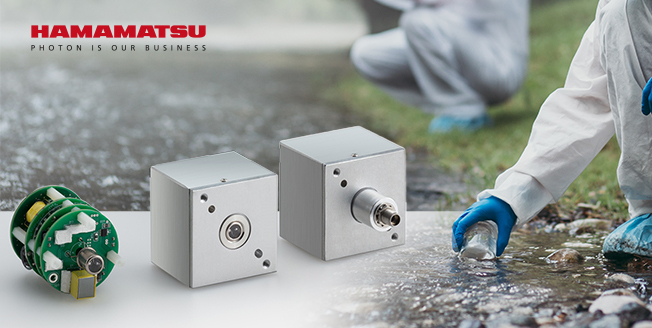
Water is vital for human survival and its quality is critical for human health, environmental conservation, and food security. However due to the rapid population growth in the last century, the excessive use of agricultural fertilizers to meet our increasing food demands, and the discharge of various industrial pollutants into rivers and oceans, we have been compromising the quality of our water supply.
For these reasons, monitoring water quality has become essential in two main areas:
- Environmental monitoring
- Drinking water quality monitoring
Environmental monitoring
When a body of water becomes too rich in nutrients such as nitrogen and phosphorus due to the impact of human activities, the consequent reduction in oxygen levels causes the death of aquatic life. This poses a challenge to conservation efforts and our food supply [1,2].
Monitoring wastewater quality serves two purposes: early detection of pollution events and continuously ensuring compliance with regulations at treatment facilities [7]. For example, hospitals and pharmaceutical plants generate large amounts of concentrated antibiotic wastewater that needs to be treated and analyzed before being released into the environment [1,14].
Drinking water monitoring
Water utilities are committed to meeting the drinking-water standards which are often derived from the World Health Organization drinking water quality guidelines. Water quality monitoring and treatment are two vital aspects of water quality management systems to detect hazards and events that can compromise its quality and provide operational control for assuring safe and reliable drinking water as preventive measures [3].





